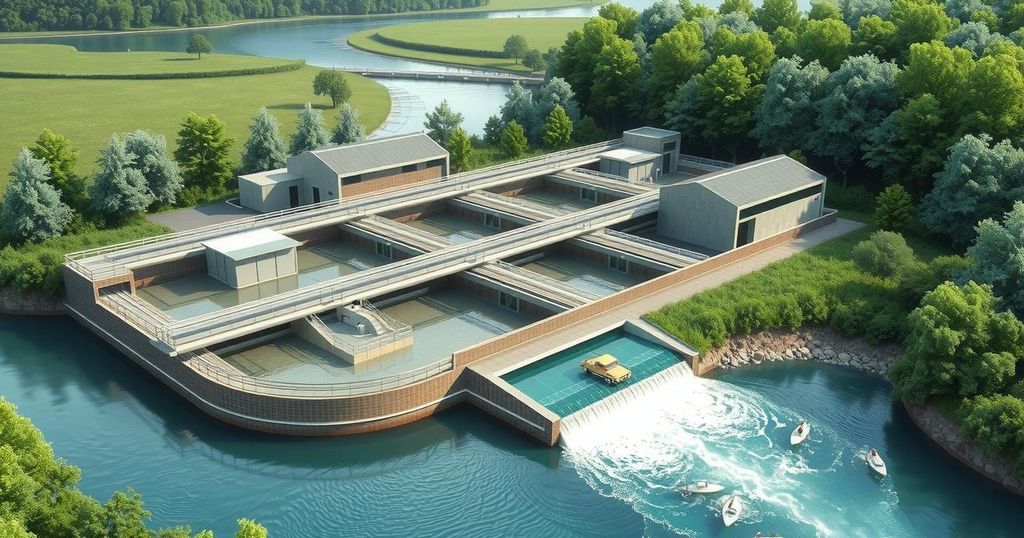Anacortes, Washington Rebuilds Water Treatment Plant for Climate Resilience

Anacortes, Washington, is upgrading its water treatment plant to address vulnerabilities related to climate change. The facility’s capacity will increase from 21.4 mgd to 31.5 mgd while incorporating flood defense strategies. The city is utilizing EPA tools to guide adaptation strategies.
The city of Anacortes, Washington, identified vulnerabilities in their water treatment plant, which serves 56,000 residents and is situated along the Skagit River. Recognizing risks such as flooding and climate change impacts, city officials opted to upgrade the facility’s capacity from 21.4 million gallons per day (mgd) to 31.5 mgd. Instead of relocating the plant out of the floodplain, deemed too costly in 2008, officials chose to rebuild it on the original site incorporating adaptation strategies to mitigate future climate risks.
To understand the facility’s vulnerabilities, Anacortes collaborated with non-profit organizations to evaluate current climate science, focusing on several critical risks, including more extreme storms, saltwater intrusion from sea level rise, and increased sedimentation levels. Projections through the 2080s revealed an expanded 100-year floodplain, a predicted 350% rise in peak sediment loads during winters, and the anticipated movement of the saltwater wedge due to higher sea levels.
In response to these challenges, the design and construction of Anacortes’ new facility included several protective measures: minimizing structure depth below the current 100-year flood elevation, elevating essential electrical systems above flood levels, applying waterproofing techniques at or above 40-foot elevations, and installing ring dikes for flood defense. The reconstructed plant has a budget of approximately $56 million, ensuring it can handle increased service demand while addressing climate-related changes.
The EPA provides vital tools to help utilities assess vulnerabilities and develop resilience strategies. The Coastal Inundation Toolkit aids in evaluating potential impacts from sea level rise and storm surges, while the Creating Resilient Water Utilities Adaptation Strategies Guide offers low-cost adaptation methods for planning. Furthermore, the Climate Resilience Evaluation and Awareness Tool (CREAT) supports utilities in conducting thorough vulnerability assessments to identify knowledge gaps and areas requiring research.
Communities facing similar challenges can refer to other cases, such as Manchester-by-the-Sea, Massachusetts, which examined sea level rise impacts on water utilities. Similarly, Iowa City has opted to close a vulnerable wastewater facility, and Washington, D.C. employs green infrastructure to manage stormwater issues effectively. These examples highlight varied approaches to mitigating climate risks in water management.
Anacortes, Washington’s proactive rebuild of its water treatment plant showcases essential strategies in addressing climate change vulnerabilities. By assessing climate risks and implementing protective measures, the city ensures both increased capacity and resilience in the face of future environmental changes. Collaboration with EPA tools further enhances utilities’ capabilities in mitigating risks and adapting to evolving climate challenges.
Original Source: www.epa.gov






